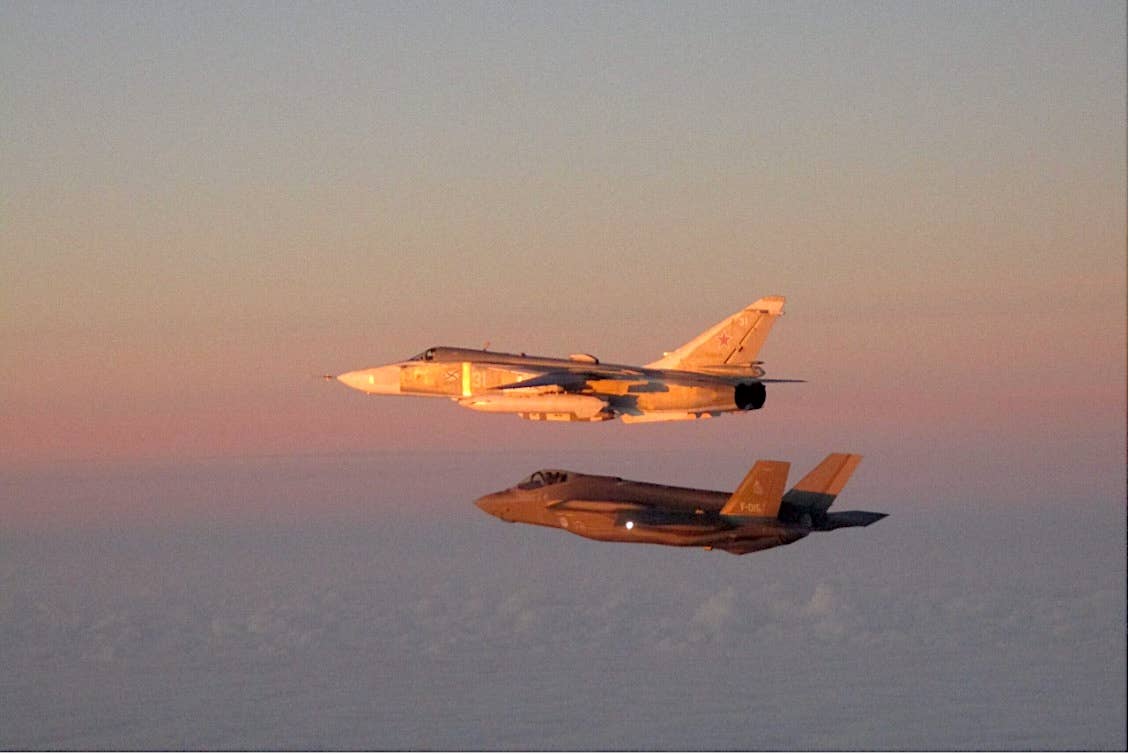Door Plug Inspections Spread To NG900ERs
The FAA has told airlines operating Boeing 737-900ER airliners to check the installation of door plugs as they are the same design as those on the 737 MAX 9. The…

The FAA has told airlines operating Boeing 737-900ER airliners to check the installation of door plugs as they are the same design as those on the 737 MAX 9. The agency issued a safety alert, which is a recommendation that carriers inspect the planes. It does not ground the type as an earlier order for the MAX 9 did. “As an added layer of safety, the Federal Aviation Administration is recommending that operators of Boeing 737-900ER aircraft visually inspect mid-exit door plugs to ensure the door is properly secured,” the agency said in a statement on Sunday.
Not all of the 900 ERs have the door plugs, which are installed when there aren't enough seats in the aircraft to warrant an additional emergency exit. Alaska, United and Delta all have 900ERs, the largest model in the NG line of 737s, which went out of production in 2019 in favor of the MAX line. Only a visual inspection is required and no schedule disruptions are anticipated. Meanwhile, 171 MAX 9s with door plugs remain grounded and there is no timeline on when they will return to service after a Jan. 5 incident in which a door plug separated from an Alaska Airlines MAX 9 shortly after takeoff from Portland.






